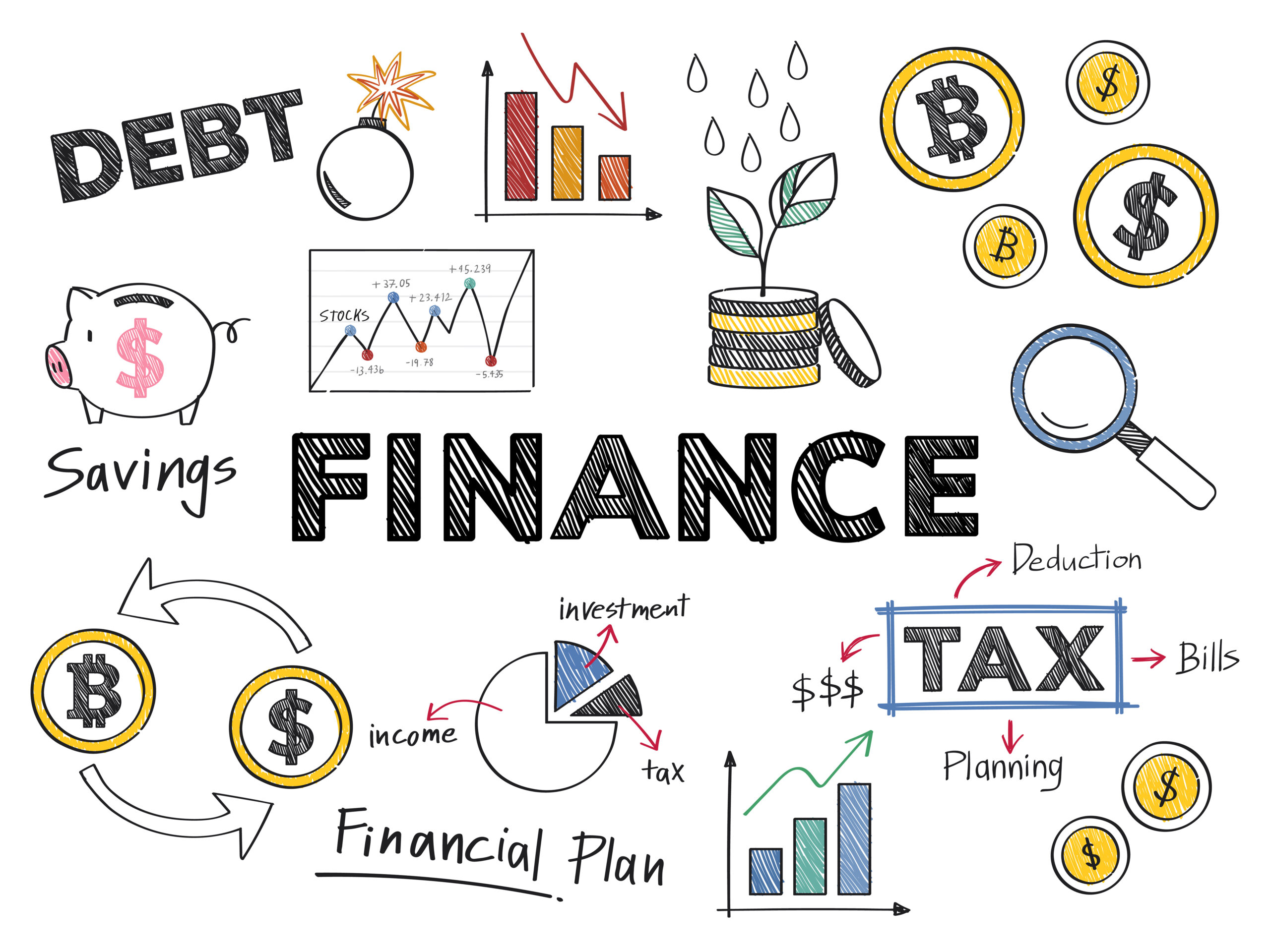Depending on the nature of your business, you may have workers who are employees or contractors, or you may have both. Each has their merits, but it’s important to review which are which in order to meet your tax and super obligations.
When you have an employee, you must withhold PAYG tax, pay super, and report and pay fringe benefits. Contractors generally look after their own tax obligations. However, you may still have to pay super depending on the nature of their work.
It’s against the law to treat an employee as a contractor. Significant penalties apply if you do, so it’s important to get it right.
The simplest way to remember is:
An employee works in your business and is part of your business.
A contractor is running their own business.
But how can you be sure that you’ve got an employee or a contractor on your hands?
Does there come a point that you should actually be hiring a worker as an employee, when you thought they were a contractor?
There are six factors to consider:
1. Ability to subcontract or delegate
An employee is not able to subcontract or delegate the work. They must perform the outlined tasks themselves. If they can’t do the work themselves for any reason, and someone else does it, this is substitution. Your business would then pay the other person.
A contractor can delegate the work as long as they’re not obligated to do it themselves as per the contract. If your contractor can’t work, they would organise for another qualified person to do it. You would pay your contractor as usual, who would then pay their subcontractor.
2. Basis of payment
An employee is paid a set amount per period of time. The most obvious example would be an annual salary or hourly wage.
Some employees are paid piece-work rates. They receive an amount per successful sale, or per the number of pieces produced. Commission basis would be a price per item structure.
A contractor, however, is paid an agreed-upon price in exchange for a predetermined result. Some contracts may specify the amount to be paid in increments as stages of the project are completed. But the key takeaway is that a contractor is paid when the agreed-upon result is achieved.
3. Equipment, tools, and other assets
If your business is responsible for providing the equipment, tools, and other assets required to perform the job, that’s characteristic of an employee.
If the worker is providing these items, they are likely a contractor.
4. Commercial risks
Employees do not bear commercial risk and they are not liable for correcting any defects in the work at their own expense. Instead, your business takes this responsibility. The worker will be paid for the time required to perform the task to completion.
A contractor does assume the commercial risk. They are responsible for fixing any mistakes on their own time. This extra work would fall under the umbrella of the terms set at the beginning of the project. Your business does not have to pay for any extra time taken or materials used. You only pay once the work is completed.
5. Control over the work
Employees have to complete the work the way the employer specifies. What work is done, where it’s done, how it’s done, and when it’s done are all up to you. The employee then completes the work as required.
Contractors are not subject to the same rules. They decide the way the work is done, so long as it meets the obligations laid out in the contract.
6. Independence
An employee works within a business. They complete tasks as required until they leave the job.
A contractor operates independently and may have any other number of contracts on the go with other companies. They can freely accept and refuse other work. Their obligation is complete when they deliver the specified outcome.
Final thoughts
It can be confusing to make the determination between an employee and contractor, but it’s important that you do so in order to meet your tax obligations and play by the rules. The ATO has a great tool to help you determine the status of your workers. If you are also in need of understanding your tax obligations please contact S & H Tax Accountants, our team of accountants are well-qualified, vastly experienced and extremely professional. Book an appointment today with S & H Tax Accountants, call us on 03 8759 5532 or you can email us on info@sahtax.com.au


























